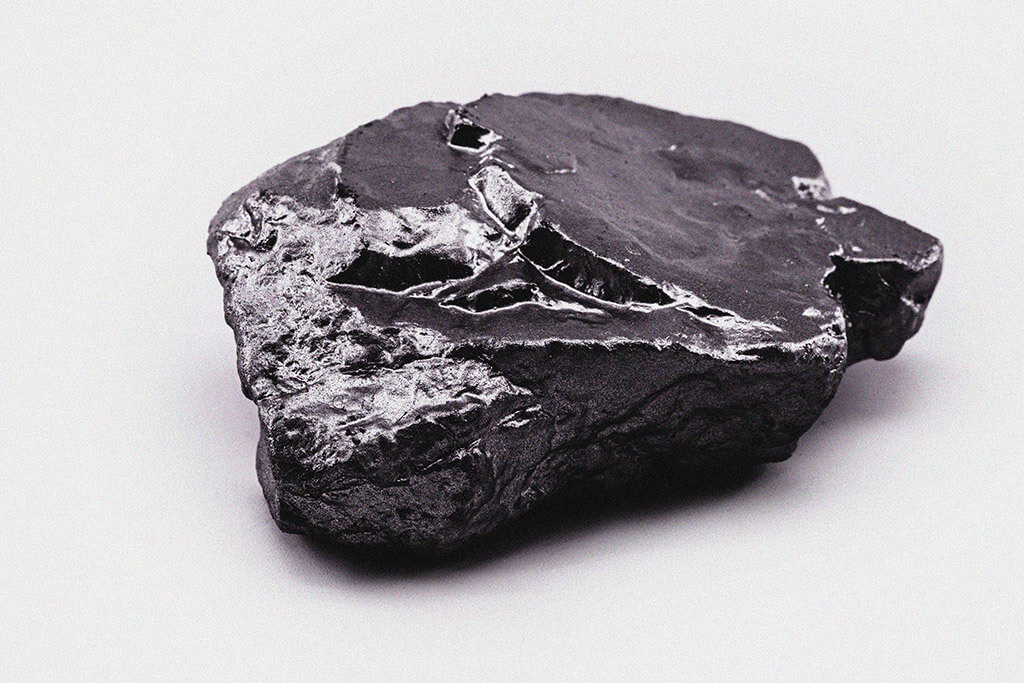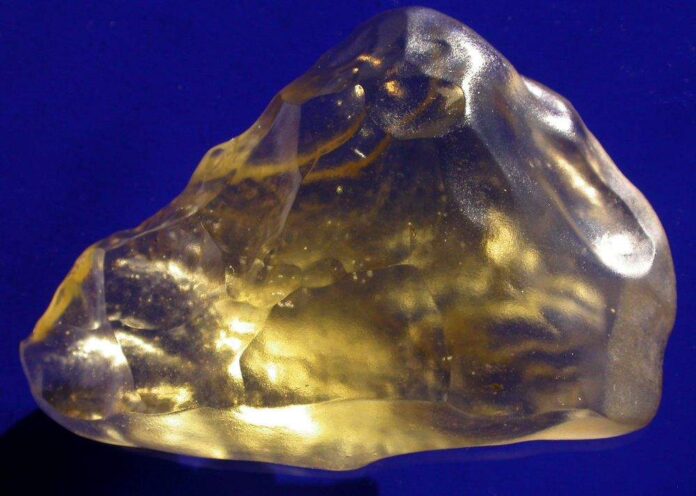Many mistakenly believe that there is no substance on Earth harder than diamond. However, there are compounds that make diamond seem soft by comparison! Some of these substances occur naturally, while others can only be synthesized under laboratory conditions.
Fullerite
Fullerite is considered the hardest substance on Earth. Its uniqueness lies in the fact that it is composed of molecules rather than atoms. Surprisingly, fullerite scratches diamond just like a metal knife leaves marks on a plastic surface.
Fullerite does not occur naturally and can only be synthesized artificially in the laboratory. It is obtained from fullerenes under pressure of 90,000 atmospheres and at around 300 degrees Celsius. Fullerenes are molecular “spheres” made of carbon atoms.
When viewed under a powerful microscope, these “spheres” resemble soccer balls, with each “facet” made up of six carbon molecules. Under extreme conditions, these “spheres” bond together, forming strong, almost indestructible chemical connections. Interestingly, special catalysts exist that allow this polymerization reaction to occur even at room temperature.
Fullerite is notable for its properties: it is almost twice as hard as diamond, has exceptional resistance to concentrated acids and alkalis, and remains stable at temperatures up to 930 degrees Celsius. Additionally, the voids between the carbon atoms in its structure can be filled with other molecules, including metals, allowing for the creation of materials with specific properties.
Lonsdaleite
Lonsdaleite is very similar to diamond in its molecular structure and is even referred to as hexagonal diamond. It is another form of carbon. The discovery of lonsdaleite is quite interesting. It was found in the craters left by meteorite impacts, which were primarily composed of graphite.
The extreme temperature during the impact transformed the graphite into lonsdaleite. The mineral was discovered in Russia at the site of the Tunguska meteorite and also in America at the Devil’s Hole crater. If contaminated with various impurities, lonsdaleite does not exhibit exceptional hardness.
However, in its pure form, it is much harder than diamond and can easily scratch it. Pure lonsdaleite is 58% harder than diamond, and its hardness increases under applied pressure. The mechanism of this process remains a mystery to scientists.
The mineral was named after the British mineralogist Kathleen Lonsdale. The idea to name it thus came from another mineralogist, Clifford Frondel, who explained that the new form of diamond in nature is as rare as a female scientist. While this might not be as relevant today, in the 1960s, women had a difficult time achieving significant scientific heights.
Wurtzite Boron Nitride
The crystalline structure of this substance is a special form known as wurtzite. This property makes it extremely hard. When pressure is applied to the crystal, the atoms in the crystalline lattice rearrange in a way that makes the substance even harder. In other words, the more pressure applied, the harder the boron nitride becomes!

This characteristic is similar to lonsdaleite, another “competitor” to diamond that forms in the craters left by graphite meteorites. The exact reasons for the change in mineral hardness under pressure remain unknown, as experimenting with this substance is challenging due to the difficulty in synthesizing it in laboratory conditions.
Borazon
Borazon, also known as c-BN or boron nitride, is almost as hard as diamond. This makes it widely used in the processing of various hard alloys. Borazon is a natural modification of boron carbonitride, which will be discussed next. Borazon is the only boron compound that forms in the Earth’s interior. Other boron-containing minerals form near the Earth’s surface.
Borazon was discovered in a part of the Earth’s crust that had “dived” beneath a neighboring lithospheric plate during the planet’s evolution. At depths of over 300 kilometers and temperatures around 1200 degrees Celsius, chemical transformations occurred, resulting in the formation of this superhard mineral. This happened approximately 180 million years ago.
Carbonitride
Carbonitride was synthesized in laboratory conditions in 1957. As its name suggests, it is a compound of carbon and nitrogen. Carbonitride is significantly harder than diamond and also surpasses it in several other properties. For instance, it does not dissolve in metals when exposed to extremely high temperatures, making it useful for processing steel. A layer of carbonitride is used for machining various parts in aircraft and spacecraft.
Nature is astonishing, and there are still many incredible discoveries awaiting us. Diamond is far from the hardest substance in the world, although other minerals may find it hard to compete in terms of beauty and allure. However, it is not out of the question that one day we might see engagement rings made of fullerite or lonsdaleite.
